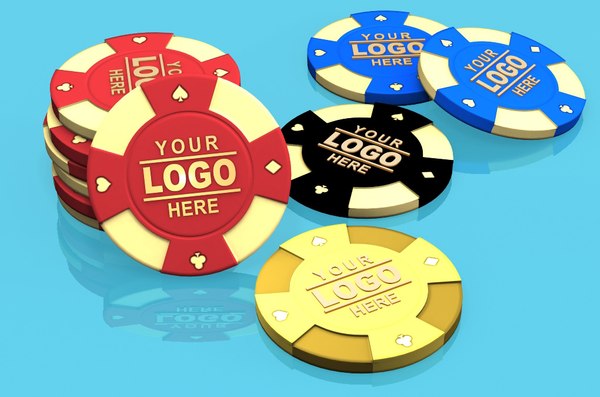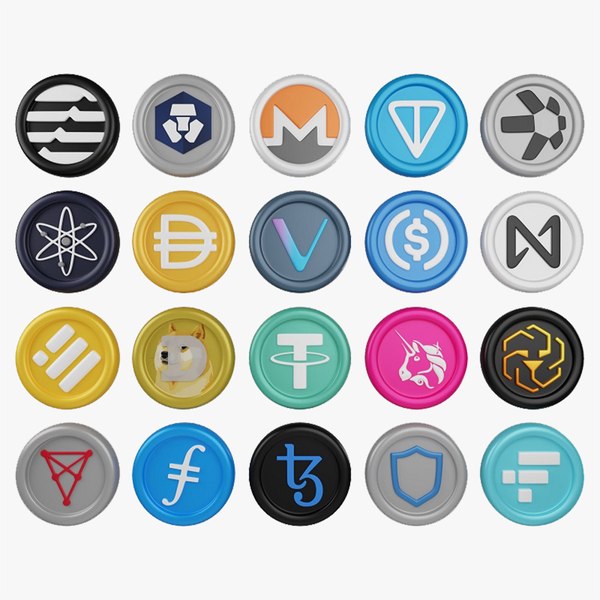How Your Brand Should Use NFTs.
Suddenly, NFTs are everywhere.

For brands, wading into a new space can be daunting, but there’s also risk in not engaging at all.

So how should they proceed here? First, recognize that releasing collectables is a good place to start, Token giveaway but it’s also just a first step, like registering a domain name way back in the early days of the internet. Next, look for ways to tie your NFT project to your brand and core product. Finally, experiment, but with authenticity and an eye on the future. There’s little to gain here by trying to mimic what others are doing if it feels obviously out of step.
Buy Copies.
Non-fungible tokens (NFTs) are going mainstream in 2022. You can now show off your favorite NFTs as your Twitter or Reddit profile picture, with Facebook and Instagram soon to follow. Driven in part by a FOMO reminiscent of the 1990s dotcom anxiety of bricks-and-mortar companies, mass-market players and luxury brands alike are launching NFT collections at a dizzying pace.
Granted, a vast majority of mainstream consumers still struggle to make sense of the 2021 NFT world of Bored Apes and CryptoPunks. And the usability of the underlying blockchain technology is still a long way from being consumer friendly.
But don’t make the mistake of thinking that NFTs are a passing fad. While the current hype cycle might be fueled by crypto-millions and Discord-obsessed Gen-Z users, NFTs could be the killer app of Web3 and its gateway into traditional commerce. The really interesting thing about NFTs is the tech they run on, which reveals their broader promise as a vehicle by which brands bypass the platform-centric marketing world of Web2 and reclaim ownership of their digital consumer relationships.
Early days: From collectibles to digital product-line extensions.
Right now, NFTs seem inextricably intertwined with digital collectibles, and many brands’ first step into the NFT waters has thus been to launch their own collections. These early efforts range from exclusive releases of Campbell’s soup can art and Coca-Cola digital apparel to generative art of burgers from White Castle.
But a first step isn’t a strategy. Successful brands didn’t call it a day after buying a domain name and posting a website in the dotcom era and, similarly, smart brands today need to be asking themselves what comes next.
The answer will present itself more readily for some brands than others, just as it did when 1990s "brick and mortar" companies sought meaningful ways to use the internet. Back then, retailers with a catalog business like Office Depot were able to start using the internet as a channel more quickly than other companies because they already had the infrastructure for taking orders and making deliveries. The ecommerce journey of bookstores like Barnes & Noble was simpler than those of apparel, furniture or grocery retailers because they sold books — easy to describe, of a convenient form factor, non-perishable, and presenting no issues of user "fit."
There’s a similar dynamic at play in the NFT world today. Companies in the media business can naturally use NFTs to create a new class of media assets. NBA’s TopShot is currently the most compelling legacy example of this kind of product line expansion. (Media giants CNN and the Associated Press are betting, perhaps optimistically, that consumers will be as excited about buying news clips and iconic photos as they are about owning a LeBron James dunk.) Analogously, apparel companies can envisage digital versions of their physical clothing and accessories. Ralph Lauren has already been selling branded digital apparel in virtual worlds like Zepeto. Dolce & Gabana recently auctioned millions of dollars’ worth of NFT-based digital couture.
Each of these projects ports a current product line into the metaverse, expanding how consumers engage with and experience the brands. The transition is especially seamless for sneaker companies already steeped in the NFT lingo of drops and flipping. Nike has gone as far as acquiring RTFKT, a startup specializing in NFT-based digital sneakers, while Adidas has created a line of virtual gear for the characters of NFT leader Bored Ape Yacht Club.
The real promise: NFTs as the basis for a multifaceted digital consumer connection.
Extending product lines into digital worlds is just one possible use for NFTs, however. Mark Zuckerberg’s fascination with the metaverse notwithstanding, companies that bind NFT thinking exclusively to collectibles or creating digital assets for virtual avatars are missing a more important shift. Looking ahead a few years, NFTs could be the central digital touchpoint between brands and their consumers — and one that is controlled by the brand itself.
While NFTs are mostly being used for unique digital assets (a specific Bored Ape image or NBA video clip), the underlying technology could just as well identify a unique experience (the fact that you attended an event, for example) or Token airdrop promotion a unique physical-world object. It’s a question of how companies use the digital identifier that forms the basis for each NFT’s assertion of uniqueness and authenticity. For instance, Nike’s 2019 CryptoKick patent connects a physical pair of shoes to an NFT-based virtual twin, Crypto token giveaway setting up a future in which owners of multiple sneaker NFTs might even "breed" them into custom kicks. Today, emerging technologies like those from Veracity Protocol facilitate the creation of digital identifiers encodable into an NFT that are derived from the actual material or structural properties of the physical items in question.
Such NFT-encoded digital identifiers can chronicle a whole host of real-world purchase and consumption experiences, infusing them into our digital lives in ways that are authentic and portable across communities, and creating exciting new possibilities for brands and their consumers. Designed right, NFTs could build on the expansion of conspicuous consumption seeded by social media, allowing us to showcase our non-digital lives in our digital spaces more expansively and more authentically. Did you stand in line to buy the new iPhone on the day it was released? Attend a concert by that popular band before they were famous? Or are you simply interested in sharing your extensive brand-name wardrobe with your digital friends in a way that is natural and understated? Future virtual spaces could feature your NFTs of each of these purchases or experiences, providing presentation options tailored to your preferred level of subtlety or ostentation that transcend today’s narrow alternatives of Facebook check-ins and Reddit profile badges.
These blockchain-based tokens of authenticity could also revolutionize secondary markets for physical items. Thus far, original manufacturers have rarely captured value when their items are resold, and in these rare cases of value capture (like certified-pre-owned vehicles), the items must be expensive enough to justify the overhead of certification and sales. An NFT-based digital seal of authenticity for a physical item creates more seamless trust in peer-to-peer resale and can empower a brand to share in the associated value capture more easily using platforms like Trove and Recurate that integrate this kind of secondary trading into a branded retail experience. In fact, since NFTs are not just static digital records of authenticity, but are programmable, brands might even implement an NFT royalty standard that encodes a small fraction of value capture associated with every resale.
Brands should also consider how some things of value are unique but not scarce.
When you liked this information along with you would like to obtain more information concerning Airdrop kindly go to our own page.



